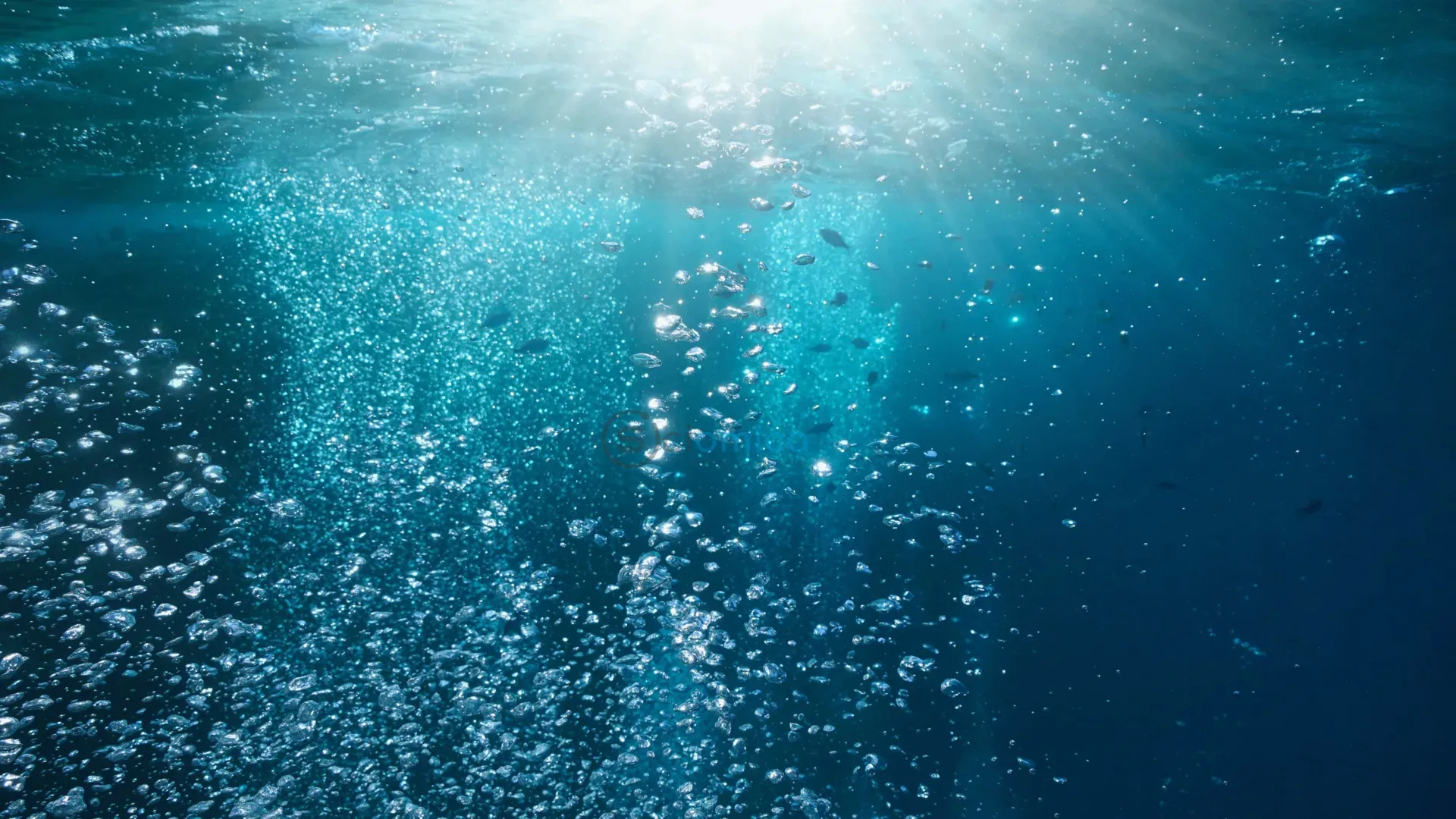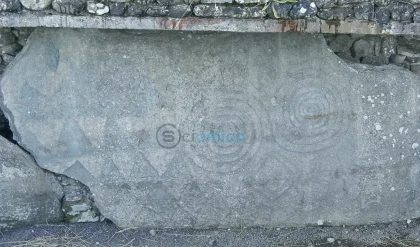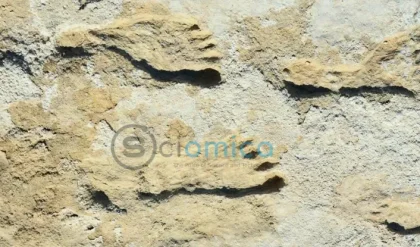
Recent research conducted by the University of California, Davis, in collaboration with the Chinese Academy of Sciences and Texas A&M University, has shed light on the historical relationship between significant carbon dioxide emissions from natural earth systems and the corresponding drops in ocean oxygen levels. The study, published on June 23 in the Proceedings of the National Academy of Sciences, focuses on events that occurred approximately 300 million years ago, during which ocean oxygen concentrations fell by 4% to 12% during five distinct periods. These reductions closely aligned with increased atmospheric carbon dioxide levels, presenting a concerning parallel to contemporary climate scenarios.
Utilizing an innovative combination of geochemical analyses of sediment cores and advanced climate modeling, the research highlights the detrimental impacts of oxygen-depleted, or anoxic, events on marine life and biodiversity. The findings underscore the relevance of these ancient episodes to today’s global climate crises, suggesting that similar events could have drastic effects on today’s coastal ecosystems that are critical for marine biodiversity and fisheries.
Senior author Isabel P. Montañez, a Distinguished Professor in the Department of Earth and Planetary Sciences at UC Davis, noted, “This is our only analog for significant carbon dioxide increases comparable to what we’re experiencing today, where we see doublings and triplings of these levels.” However, she emphasized a crucial distinction: while past carbon dioxide spikes were primarily driven by natural forces such as volcanic activity, current emissions are predominantly a result of human activities.
Montañez pointed out, “We’re creating a burp now at a rate two, maybe three orders of magnitude faster than in the past.” The study utilized sediment cores from the Naqing succession in South China, analyzing the geochemical composition, particularly carbonate uranium isotopes, to trace Earth’s environmental conditions over a period spanning from 310 to 290 million years ago. This analysis revealed correlations between spikes in carbon dioxide and shifts in ocean uranium isotopes, providing insight into the magnitude of past ocean anoxia events.
The research team developed cutting-edge climate models to simulate ancient climates based on their findings. Through extensive computational runs, they identified five instances of global ocean oxygen decreases that lasted approximately 100,000 to 200,000 years. While these oxygen declines were not directly linked to known mass extinctions, they corresponded with noticeable pauses in biodiversity, suggesting significant ecological impacts, particularly in coastal regions.
Montañez underscored the alarming implications of their findings: “This is a huge discovery because how do you take an ocean sitting under an atmosphere with much more oxygen than today and permit this? The message for us is, ‘Don’t be so sure that we can’t do this again with our current human-driven release of carbon dioxide.’”
The research involved collaboration with several institutions, attributing the work to contributions from various scientists across different universities. The investigation received funding from both the National Natural Science Foundation of China and the U.S. National Science Foundation, indicating a significant investment in understanding the interplay between climate change and ocean health, with lessons from the past resonating alarmingly in our present and future.
Reference:
- Jitao Chen, Shihan Li, Shuang Zhang, Terry Isson, Tais W. Dahl, Noah J. Planavsky, Feifei Zhang, Xiang-dong Wang, Shu-zhong Shen, Isabel P. Montañez. Repeated occurrences of marine anoxia under high atmospheric O 2 and icehouse conditions. Proceedings of the National Academy of Sciences, 2025; 122 (26) DOI: 10.1073/pnas.2420505122






